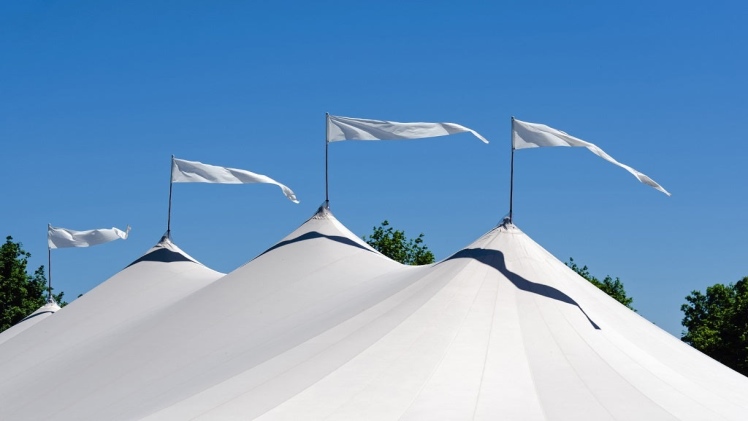Regarding outdoor displays and fixtures, wind resistance is a crucial factor to consider. Whether setting up signage, temporary structures, or artistic installations, having a sturdy and reliable stand that can withstand windy conditions is essential. From trade show booths to outdoor exhibitions, ensuring that your installations can withstand strong winds is vital for their stability and longevity. This article will explore the different windproof pedestals designed to resist wind and highlight their benefits. By understanding these options, you can make informed choices to ensure the stability and longevity of your outdoor displays.
Wind-Resistant Bases
One of the primary elements of a wind-resistant stand is its base. A well-designed base can stabilise and prevent tipping or toppling in strong winds. Wind-resistant bases, such as weighted bases, ground anchors, and portable ballast systems, are available.
Weighted bases, typically made of materials like concrete or metal, provide a low centre of gravity and increased stability. Ground anchors secure the stand directly into the ground, providing excellent resistance against wind gusts. Portable ballast systems, which utilise water or sand-filled tanks, offer a versatile and adjustable solution for different applications.
Stabilising Frames
Aside from a solid base, pedestals can incorporate stabilising frames or structures to enhance wind resistance. These frames can provide additional support and prevent swaying or toppling in windy conditions. Examples include cross-bracing systems, truss structures, or reinforced frames.
Cross-bracing systems consist of diagonal supports that connect different sections of the stand, improving overall stability. Truss structures, commonly used in stage and event setups, utilise interconnected beams to distribute wind forces evenly and minimise movement. Reinforced frames incorporate more robust materials or reinforcements in critical areas to withstand high winds and maintain structural integrity.
Aerodynamic Designs
Another approach to wind resistance involves incorporating aerodynamic principles into the stand’s design. Frames can be shaped and configured to minimise wind resistance and maximise stability by considering factors like wind flow and pressure.
Tapered designs, curved surfaces, and streamlined contours are standard features in aerodynamic pedestals. These design elements help redirect wind forces, reduce turbulence, and maintain stability even in windy environments. Additionally, smooth surfaces and rounded edges minimise the accumulation of wind-borne debris, enhancing the stand’s resilience.
Flexible and Modular Systems
Flexibility and modularity are advantageous characteristics of wind-resistant stands, particularly in dynamic environments. Adjustable stands are designed to absorb and dissipate wind energy, reducing the impact of gusts and preventing structural damage.
These stands often employ materials with inherent flexibility, such as reinforced fabrics or composite materials. Modular systems allow for easy assembly and disassembly, making it convenient to adapt the stand’s configuration based on changing wind conditions. Modular stands also offer the benefit of scalability, allowing for adding or removing components to suit different display requirements.
Conclusion
Regarding outdoor displays, having windproof pedestals is vital for stability, safety, and longevity. By utilising wind-resistant bases, stabilising frames, aerodynamic designs, flexible and modular systems, and selecting appropriate materials, the durability of your outdoor displays is assured even in windy conditions. Understanding the various types of stands available and their benefits empowers you to make informed decisions. Investing in a wind-resistant stand not only safeguards your displays but also minimises the risk of damage and ensures a professional and visually appealing presentation. Remember to consider the environment and potential wind conditions in your location when selecting a stand and the specific requirements of your display. By prioritising wind resistance and utilising a suitable frame, you can confidently showcase your outdoor collections, signs, and structures, knowing they will withstand extreme conditions and remain sturdy.


